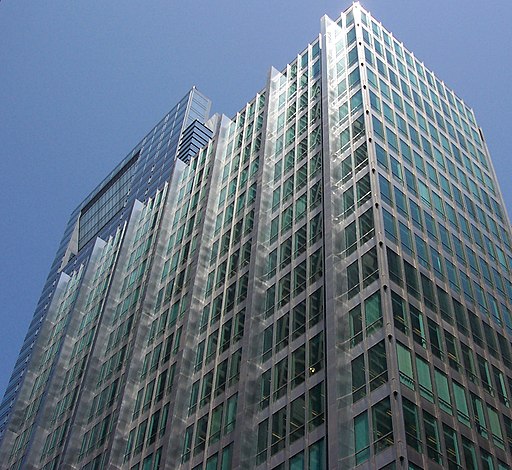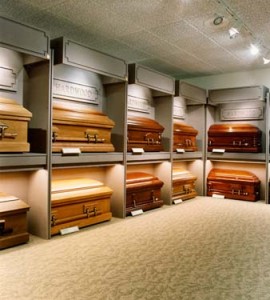Some people ask me, "How does a natural burial save our planet?" There are several answers to this question. For those who subscribe to the carbon counting method of measuring our impact on the planet, this question can be answered scientifically and the impact of a typical steel or wooden casket can be quantified in terms of the carbon emitting activities leading up to the construction, transportation, and burial of a casket.
Consider a steel casket manufactured in the United States. Steel requires mining, transport, smelting, and processing of natural resources all involving carbon emitting activities. Then that steel is transported 100s (or 1000s) of miles where it is ultimately manufactured into a casket again consuming energy and emitting more carbon. This casket is then stored in a warehouse facility heated (or cooled) consuming energy and emitting more carbon. If the casket is manufactured overseas, add up the carbon points for more transportation. Follow the supply chain of transportation via ocean liner, air cargo, or over-the-road, and finally the casket finds its way to a funeral home. By this point a steel casket can easily have a carbon footprint larger than a typical Tibetan has in his/her entire life!
 |
| Each year we bury enough steel to build a 100-story skyscraper. |
 |
| Oak, cherry, walnut, and maple caskets. |
While casket selection seems to be the dominant topic for green burials, casket selection is a small part of the "going green" aspect of the funeral home industry. Take for example the work of James Olson of Lippert-Olson funeral home in Sheyboygan, Wisconsin. James is working with the National Funeral Director's Association of American (NFDA) to bring eco-conscious thinking to all aspects of the funeral home operation from composting the coffee grounds to replacing worn carpets with flooring made from recycled and eco-friendly materials. There are opportunities to conserve energy and limit wasteful practices in every part of the funeral home from water usage to use of compact fluorescent light bulbs.
While there is plenty of discussion in the media about replacing your incandescent light bulbs with compact fluorescents, it certainly isn't as exciting a topic as shopping for or building your own green casket as your final act of eco-friendly conservation. Nonetheless, if conservation is important to you, awareness is the first step. Pre-plan your funeral and discuss your wishes with your family and your funeral director and ask about green practices and eco-friendly opportunities for your funeral.

No comments:
Post a Comment